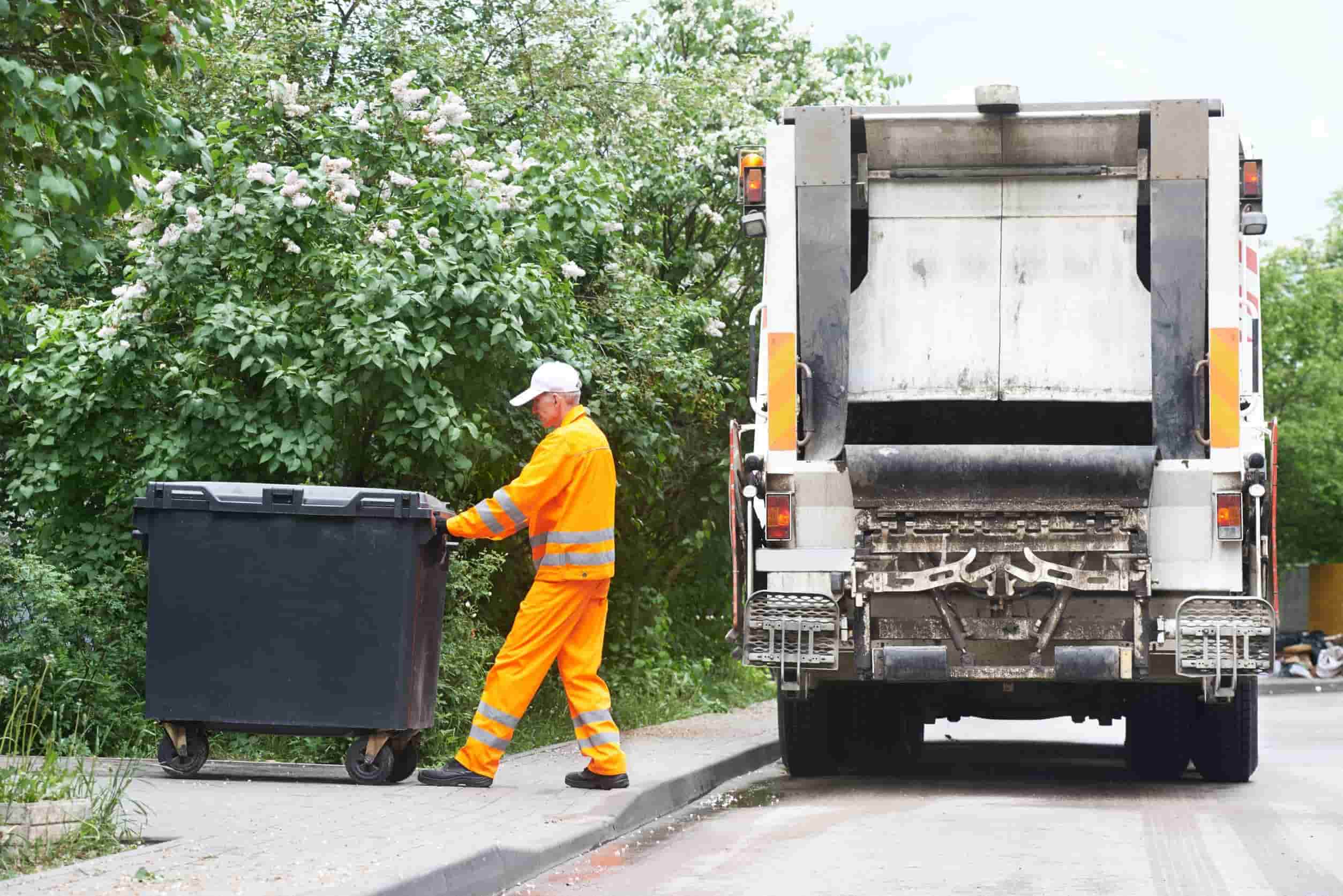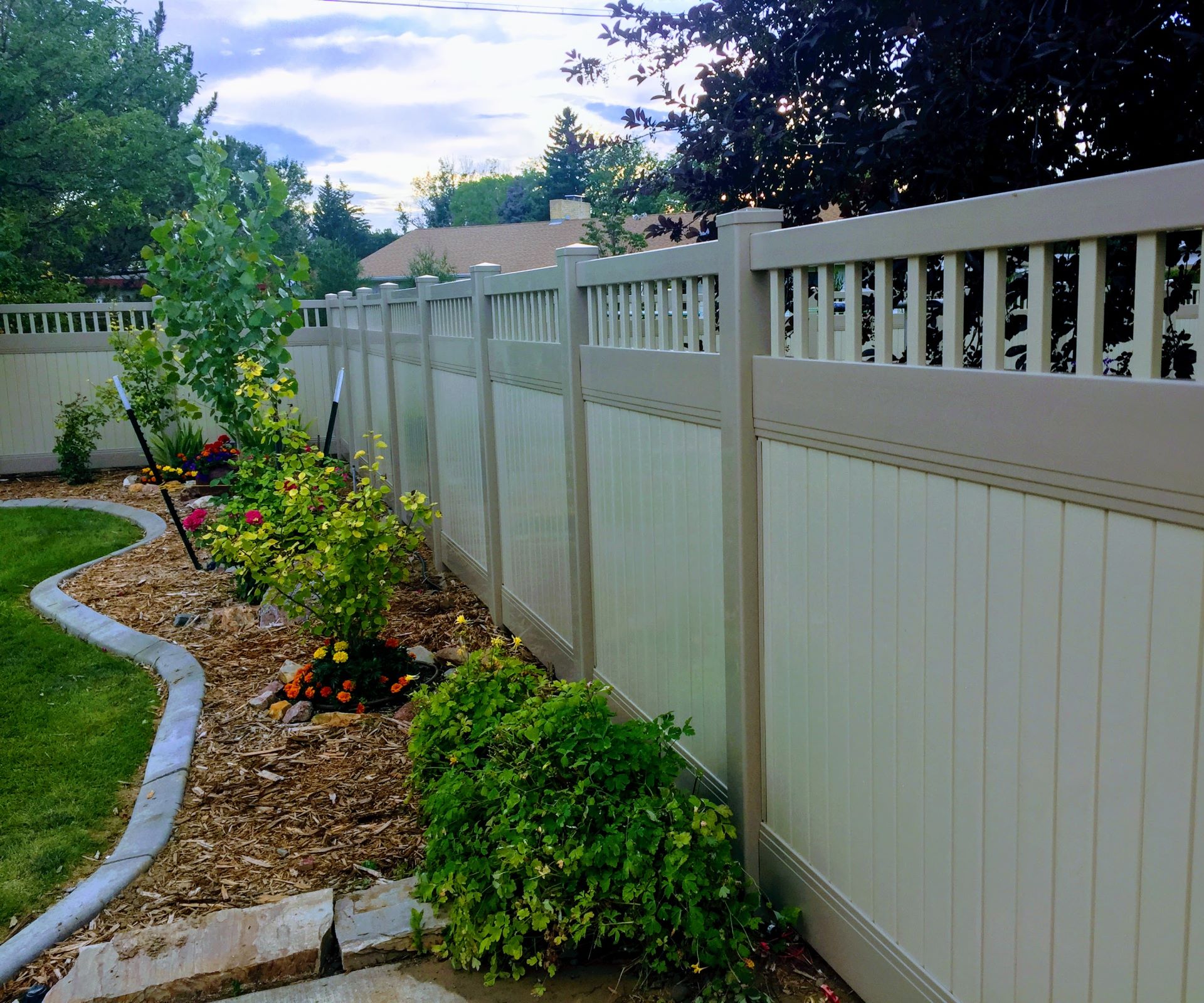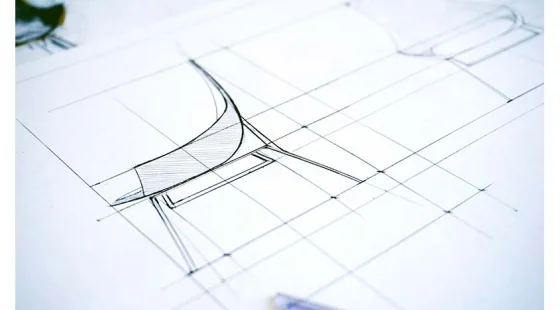Junk Removal is a service that removes and hauls away large junk items like appliances and furniture. It’s perfect for those who have too much clutter or are renovating and need to eliminate construction waste. For more information, click the Website to proceed.
Junk removal companies often recycle and donate items, too. So, if eco-friendly disposal is important to you, ask about their practices.

Junk removal companies take various items that would otherwise be considered trash. They are often called upon to clear out the contents of a home or office, but they can also assist with cleanup after renovations, moves, and other events that produce lots of unwanted stuff. Some junk removal companies specialize in certain materials or objects, but most will handle almost anything except hazardous waste like batteries and paint. Some companies will even haul away large items that are difficult for homeowners to move, such as old furniture and appliances.
In addition to disposing of unwanted junk, junk removal professionals recycle as much as possible. This helps to keep landfills from filling up and reduces energy consumption. Some companies may have dedicated recycling facilities, while others use partnerships with local charity thrift shops and job training programs to send reusable items to those in need.
Whether cleaning out an estate, preparing to sell a property, or simply trying to declutter, hiring a junk removal company can save you time and money in the long run. These companies offer competitive prices for their services, and many will provide online pricing estimators to help you budget. Some may also accept credit cards.
It is important to hire a junk removal company that is licensed and insured. This will protect you if the company damages your belongings or fails to follow proper disposal procedures. There have been cases where illegal junk removal companies stole or improperly disposed of items, so it is vital to find a legitimate business.
It is also good to check with the junk removal company to see what items they do not take. Some companies will not pick up electronics, such as computers and televisions, or large appliances, such as refrigerators and ovens. Others will only recycle if the items are in working condition and have not been damaged. If you have any questions, you should ask the company to clarify their policies before hiring them for a job.
Junk removal companies can remove items that would otherwise be considered trash. They do this by either picking it up directly from the property or renting a dumpster and then hauling it away when it is full. Whether you are decluttering your home, getting ready to move, renovating a commercial space, or cleaning out the attic of an old apartment, junk removal is an excellent option for disposing of large and bulky items that don’t fit into standard trash cans.
The process is simple: make an appointment with the company, and they will send a crew to assess what you want removed. This is a good opportunity to ask any questions that you might have. Then, they will give you a quote, and if you agree, they will start the junk removal process. Most of these companies can finish the entire junk removal in a single visit, depending on how much there is to take away.
When choosing a junk removal company, look for one that focuses on eco-friendly practices. This will help to reduce the amount of waste that ends up in landfills and also lower energy consumption. The best way to do this is by choosing a company that recycles and donates items whenever possible rather than just throwing them away.
In addition to recycling, junk removal companies will often work with charities and shelters to ensure that any items in good condition are given to people who can use them. This is a great alternative to simply dumping the item in a trash pile, which will likely never be used again.
It is important to clearly label or mark any items that you want to be kept. This will ensure that workers avoid accidentally throwing out something they need. It is also a good idea to clear a path in and around the junk so that it is easy for workers to access. If you do junk removal with a dumpster, be aware that weight limits and overage fees can be costly if exceeded.
Junk removal companies typically require an on-site inspection before giving a quote. They also need to understand the scope of work and how much time it will take to complete the job. This information will help them calculate their costs and provide an accurate estimate for the client. For example, if the junk needs to be removed from multiple levels of a home or business, the company must factor in labor and equipment costs for each access level.
Some junk removal companies offer hourly pricing, which allows them to charge based on how long it takes to clear the clutter. Others use volume-based pricing based on how many truckloads are needed to haul away the junk. This method is a great way to prevent overcharging clients by providing transparent, upfront pricing.
In addition to labor, junk removal services must account for disposal and recycling fees. These charges are passed on to the customer and vary based on location. For instance, landfills and recycling facilities may charge a cost per ton of trash picked up. This can add up quickly if a junk removal service removes much waste.
Other expenses that need to be accounted for include fuel and transport costs. The distance between the junk pickup and disposal locations will determine how much fuel is required, and a vehicle size must be chosen accordingly. If the junk is bulky or heavy, it will require more labor to haul. Likewise, disposing of hazardous waste will be more expensive than disposing of non-hazardous waste.
Lastly, junk removal companies need to consider the cost of additional staff for larger jobs. Extra crew members must lift large items and move them to the truck for transportation. If a company is understaffed, it can result in costly delays and missed pickups.
Ultimately, the price of Junk Removal will depend on how much junk is being removed, where it’s located, and how complex it is to remove. Choosing a reputable, experienced junk removal company will ensure your project runs smoothly and efficiently.
Junk Removal companies are responsible for disposing of your junk in a safe and environmentally friendly manner. Many of them make an effort to donate items still in good condition and recycle metal and other materials, which can help keep your junk out of landfills and reduce the amount of waste produced. The best junk removal services will also separate recyclables from non-recyclables to minimize their environmental impact further.
Some junk removal companies offer dumpster rentals, ideal for large-scale cleanouts or renovation projects. These companies will drop off the dumpster at your location, and you can fill it up as needed. When you’re finished, the company will return and pick it up. This is a convenient option for those who don’t have a truck or don’t want to deal with the hassle of transporting their junk.
Local sanitation departments often set limits on weekly trash collection, leaving you with a lot of junk that doesn’t fit in your trash can. Junk removal services can take larger items like furniture and mattresses, which regular garbage collection services won’t handle. They can also be a great solution if you’re dealing with yard waste or electronics that are too bulky to fit in your bins.
Most junk removal companies don’t take hazardous waste, including biohazards, battery acid, and chemical hazards. You’ll need to hire a special crew that handles these things, usually called crime scene cleanup.
You should always check with your junk removal service to see what they do and don’t accept before hiring them. Some common off-limits items include Styrofoam (Number 6 plastic), old paint cans, and latex or lead-based paints. It’s also a good idea to ask about their recycling policies. Some companies will try to find eco-friendly ways to dispose of your junk, while others will throw it away.
When choosing a junk removal company, be sure to choose one licensed and insured. There have been cases in which unlicensed junk removal services have stolen or improperly disposed of items, which can cause severe damage to your property. Hiring a legitimate company with clean trucks and a professional appearance is important.


